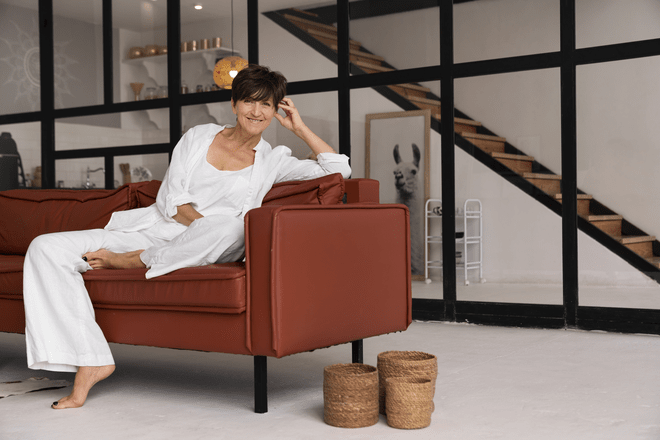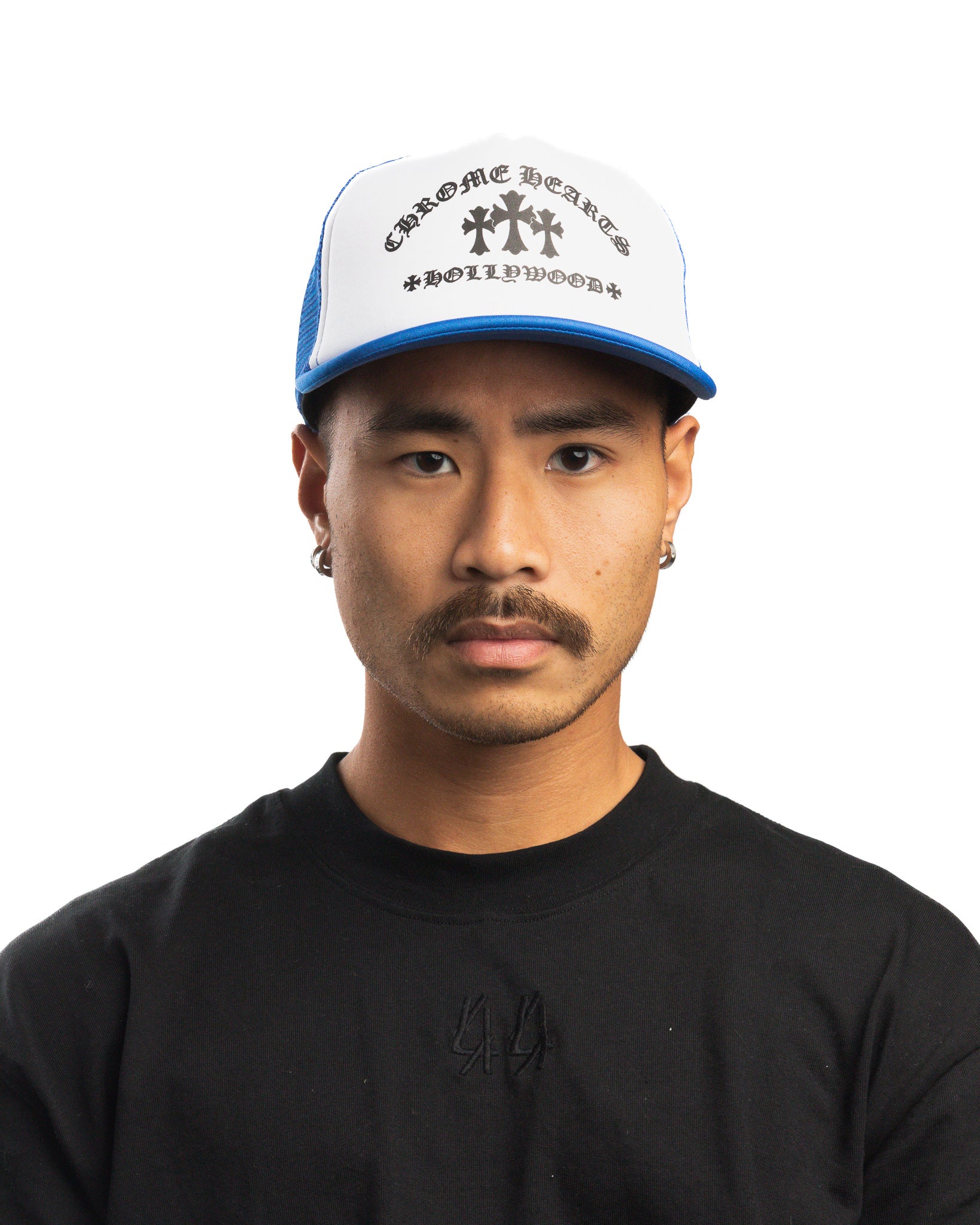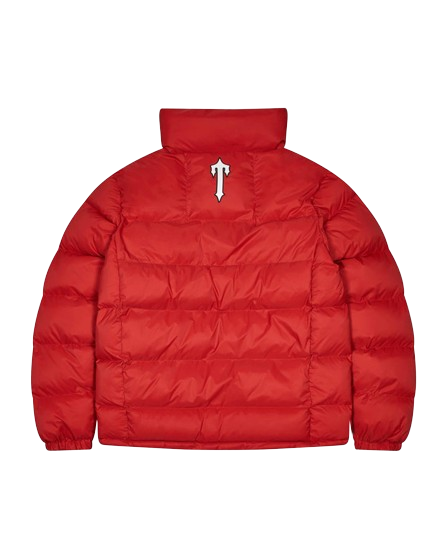Introduction to the Latest Trends In Minimalist Interior Design
Welcome to TrendingNews Blog on the Latest trends in minimalist interior design The minimalist style dominates contemporary living, emphasizing simplicity and purposeful living. Understanding its history and evolution reveals its significance in modern homes.
Minimalism, reacting to past excesses, emerged in the mid-20th century. Influenced by Bauhaus and Japanese aesthetics, it distils spaces to essential elements. This shift prioritizes clean lines and functional beauty.
Minimalist design is profoundly significant in contemporary living. Beyond aesthetics, it addresses the demands of a fast-paced world. Encouraging intentional curation, it aligns with a mindful existence.
Key Elements of Minimalist Interior Design
Streamlined Furniture Designs
In minimalist design, furniture serves simplicity and functionality, featuring streamlined, clean-lined, and geometric designs. The absence of ornamentation creates visual serenity, enhanced by neutral palettes.
Functional Spaces
At the heart of minimalist design lies the principle of functionality. Furniture serves a dual purpose—being aesthetically pleasing and fulfilling a specific role. Multi-functional pieces, such as storage-integrated seating or modular furniture arrangements, exemplify the fusion of form and utility. This intentional selection of furnishings ensures that each item contributes to the overall purpose of the space, maintaining a sense of order and simplicity.
Incorporating Natural Elements
Embracing Natural Light
The infusion of natural elements is a hallmark of minimalist interior design, and none is more crucial than natural light. Large windows and open floor plans characterize minimalist spaces, inviting an abundance of daylight to permeate the interiors. The use of light-coloured fabrics for curtains and upholstery complements this approach, allowing the space to breathe and enhancing the visual connection with the outdoors. The result is an interior bathed in a soft, diffused glow that accentuates the simplicity of design.
Sustainable Materials
An emerging trend within minimalist design involves a commitment to sustainability. Beyond aesthetics, the focus shifts to the materials used in furnishing spaces. Eco-friendly choices, such as furniture crafted from reclaimed wood or recycled metals, align with the minimalist ethos. The emphasis on sustainability not only contributes to the longevity of the design but also underscores the importance of responsible consumption in the modern world.
Technological Integration in Minimalism
Smart Home Features
As technology advances, it seamlessly integrates with minimalist interior design. The minimalist aesthetic can coexist with smart home features, as technology becomes an invisible yet integral part of the design. Hidden speakers, automated lighting, and climate control systems discreetly enhance the functionality of minimalist spaces. This harmonious integration demonstrates that technology can augment the minimalist experience without compromising the visual simplicity that defines the style.
Virtual and Augmented Reality
In the realm of minimalist design, technology goes beyond mere functionality and extends into the realm of visualization. Virtual and augmented reality tools empower homeowners to experiment with various minimalist configurations before making final decisions. This innovative approach ensures that the chosen design aligns precisely with their vision, offering a virtual preview of the harmonious blend between form and function.
Art and Minimalist Expression
Minimalist Artwork
Within the minimalist paradigm, artwork becomes an essential element for expression. Abstract pieces, characterized by simplicity, geometric shapes, and subdued color palettes, seamlessly integrate into minimalist interiors. These artworks serve as focal points, adding visual interest without disrupting the overall harmony. The juxtaposition of minimalism and artistry creates a dialogue between the deliberate absence of excess and the subtle richness of curated artistic expression.
Personalization in Minimalism
Contrary to the misconception that minimalism implies sterile uniformity, there exists ample room for personalization within this design philosophy. Balancing minimalism with personal touches involves incorporating items that hold sentimental value or unique pieces that reflect individual taste. These carefully chosen elements inject warmth and personality into minimalist spaces, creating an environment that feels curated and inviting.
Challenges and Solutions in Minimalist Design
Storage Solutions in Minimalist Spaces
A challenge often encountered in minimalist design is addressing storage needs without compromising the clean aesthetic. Here, hidden storage options take centre stage. Furniture with concealed compartments, built-in cabinets, and creative use of underutilized spaces provide practical solutions. By prioritizing efficient storage solutions, minimalist spaces can maintain their uncluttered appearance while still accommodating the necessities of daily life.
Balancing Minimalism and Comfort
The intersection of minimalism and comfort requires a nuanced approach. While the design philosophy emphasizes simplicity, it doesn’t preclude comfort. Soft textures, such as plush rugs or strategically placed throw pillows, introduce elements of cosiness without disrupting the overall minimalist aesthetic. Creating a relaxing atmosphere within minimalist spaces involves a delicate equilibrium, ensuring that the design not only looks good but also feels inviting and comforting.
Martinuzzi Interiors’latest trends in minimalist interior design
Martinuzzi Interiors is an Interior design company in Zurich that stays on top of the latest trends in minimalist interior design. More and more homeowners are opting for a clean, streamlined, and functional aesthetic in their homes, and Martinuzzi Interiors is here to help them achieve it.
Minimalist design is characterized by simplicity, clean lines, and a focus on open spaces. Martinuzzi Interiors provides some ideas to incorporate this style into your home. Some of the latest trends in minimalist interior design include embracing neutral colour palettes, using functional furniture, decluttering and organizing your space, bringing nature indoors, focusing on lighting, and incorporating texture.
In the living room, Martinuzzi Interiors suggests choosing a statement sofa, keeping surfaces clutter-free, creating an open layout, selecting minimalist artwork, incorporating hidden storage, and focusing on comfort. By following these trends and ideas, you can create a space that is both visually appealing and functional, promoting a sense of calm and tranquillity in your home.
Conclusion
In conclusion, the latest trends in minimalist interior design exemplify a harmonious blend of functionality, technology, and personal expression. This design philosophy, born from a desire to simplify and declutter, has evolved into a versatile canvas for homeowners to curate spaces that are not only visually appealing but also aligned with their lifestyle and values. As minimalist design continues to evolve, it remains a testament to the enduring appeal of simplicity and purposeful living in the modern world.





